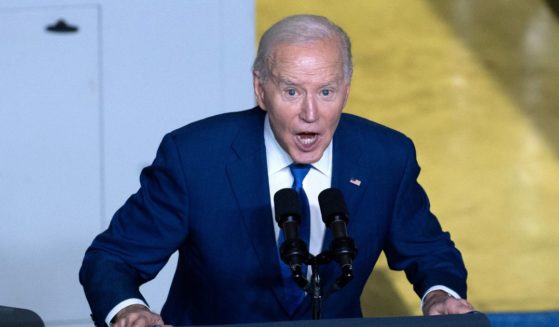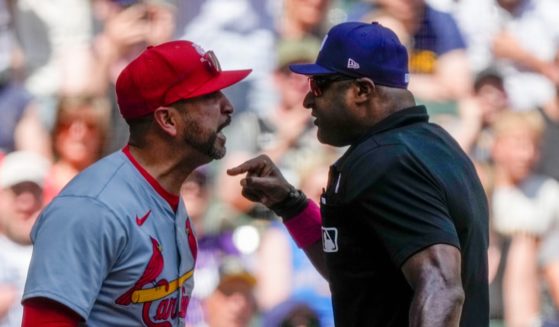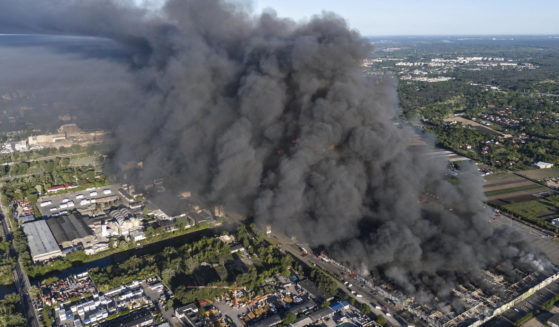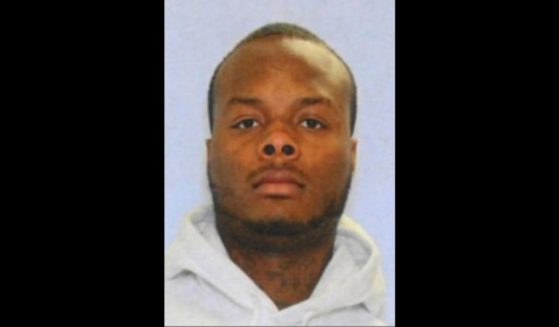Government's Mustang Roundup Ends in Shock - 11 Horses Horrifically Dead After Bureau Tries to 'Save' Them
Ah, the romance of wild horses still roaming the American West, totally free, entrancing all who see them.
Not quite.
One person’s majestic vision is another’s economic threat.
But no matter where one falls on the controversial issue of wild horses, there’s got to be a better way to handle things than by what is being done by the U.S. Bureau of Land Management.
There are too many horses, they say, and they’re overgrazing land desired by ranchers. And perhaps they are.
But to many, there’s still something unseemly about how the Bureau is capturing the horses. Check out the web site of an advocacy group – the American Wild Horse Campaign (AWHC) – and see the insect-like creature plastered across the AWHC home page.
So terrified are the horses, that in attempting to elude the helicopters, they are injuring themselves — or worse.
In one 11-day stretch of being chased in Nevada by Bureau choppers, 11 horses died, according to a report from The Associated Press.
One horse per day, dead — four of them with broken necks and, in addition to five foals dying, a stallion euthanized after breaking his leg in the course of being chased by a helicopter and a horseback rider.
Helicopters may be efficient, but they should be illegal in rounding up wild horses, according to Democratic Rep. Dina Titus, who called the current method brutal according to the AP.
Interestingly, Western ranchers have a different view, and wild horses are to them the equivalent of feral pigs, according to Pacific Standard magazine, quoting one rancher describing the horses as “big-headed mongrels.”
That’s because by grazing, the horses compete with cattle and the Pacific Standard sees it as a clash of two Western romances: free, majestic horses, and independent, live-off-the-land cattlemen.
Yet, horse lovers and the ranchers seem to agree on one thing: the Bureau of Land Management has not done a good job in managing the wild horse herd as required by the 1971 Wild Free-Roaming Horses and Burros Act.
The AWHC hates that the Bureau captures horses and uses helicopters to do it and another horse advocacy group, Colorado’s Cloud Foundation, believes the government arm favors cattle grazing over the horses, according to Pacific Standard, which noted cattle grazing is allowed on Bureau land at below-market rates.
Ranchers believe the wild horse population – up from 17,000 to 70,000 since 1971 – threatens their businesses. Nevada Republican Sen. Ira Hansen said the horse population is out of control and there need to be “significant horse round ups,” according to NBC News.
Horse problems caused seven Nevada counties to declare states of emergency.
For their part, AWHC believes the land is overpopulated by livestock and advocates controlling the horse population by shooting chemical birth control darts into wild horses, but Hansen said that with a wild horse population growth rate of 20 per cent per year, that would take too long.
Truth and Accuracy
We are committed to truth and accuracy in all of our journalism. Read our editorial standards.












